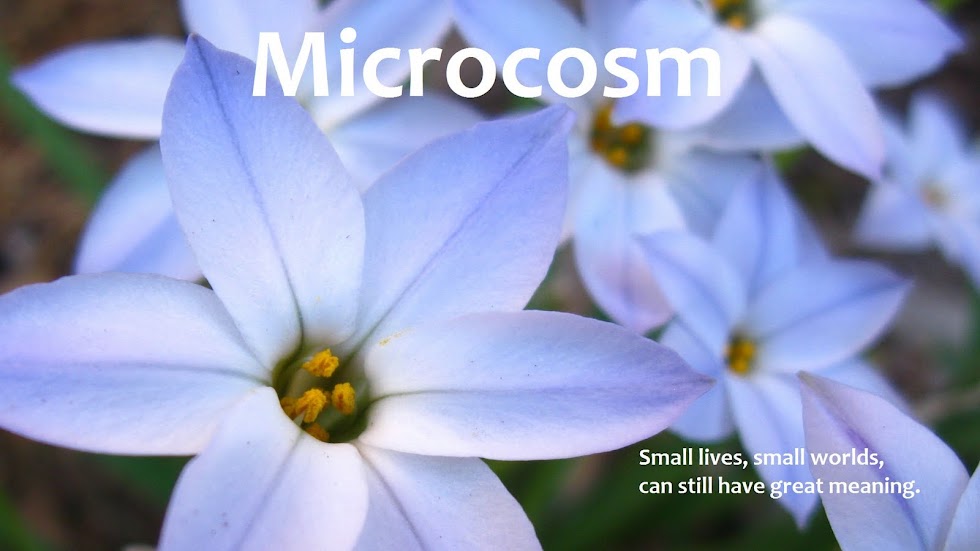Some winds close you down, slam! A cold, hard gust smacks into you, and suddenly you're huddled around yourself and sprinting indoors, with the door banging shut behind you. Other winds open you up—the warm, wild winds that smell of freshness, and maybe rain. They lure you outdoors to stand tall and stretch and breathe deeply, as if you were a fish in water, and your whole body were gills. Those are the adventure winds, the ones that make you wish you could sweep out into the world on their tails, rushing away over the desert and straight up the sides of the Sandias—and from there, who knows.
We've had a little of both this week, the opening up and closing down, stretching out and huddling in. The weekend gave us a warm wind and a rainstorm, and clouds that scudded low and fast across the sky and came just shy of thundering. It could almost have been spring.
Spring is an opener, too. Even the thought of it can set you to adventuring and make a world of possibilities open wide in your imagination. When the thought coincides with warm, fragrant air and a wind that feels pleasant through layers of fleece, you find your senses quickening, your spirit stretching out in new ways to life.
When that happens in January, you start to wonder if you might be forgetting something, like February.
 |
| I believe there may even be a bud on that front crocus... |
So I was doubly glad to see those crocuses coming along. The leaves have been up for a while, but they're beginning to open out in the sunshine, rather than staying huddled in a tight sheaf. It's good to know that if I am mistaking a fluke of the weather for a Sign that gardening season (which is not really the same as Spring, but close enough) is at hand, I am not alone. The garden seems outright convinced of it. It's unfurling new leaves, and not all of them belong to crocuses.
 |
| Those are genuine raindrops! (Also golden columbine, Aquilegia chrysantha v. chaplinei 'Little Treasure') |
As the work week began the weather changed, with cold, slamming winds and a sudden drop in temperature outdoors, and a duck-your-head-and-work-to-the-deadlines end of January indoors. A friend blew into town in the midst of it—a long-lost kindred spirit and her father, on their way from Texas to Oregon and then to Taiwan. We enjoyed a whirlwind dinner before they swept back out into the world on their trip across the desert. I've found myself looking up in wonder since then, remembering in the midst of a shutting-you-down sort of week that breath of fresh air.
Now the weather is changing again, with beautiful timing, just as the weekend is...if not knocking at the door, at least coming up the walk. It should be warm and springlike, with a good breeze blowing, maybe even an adventure wind.
You can never really ride the tails of those winds, you know. They just open you up to possibility, and suggest wild vistas to your imagination. They make you itch for the adventures that stand before you.
 |
| Another raindrop! |
Let the gardening begin.















